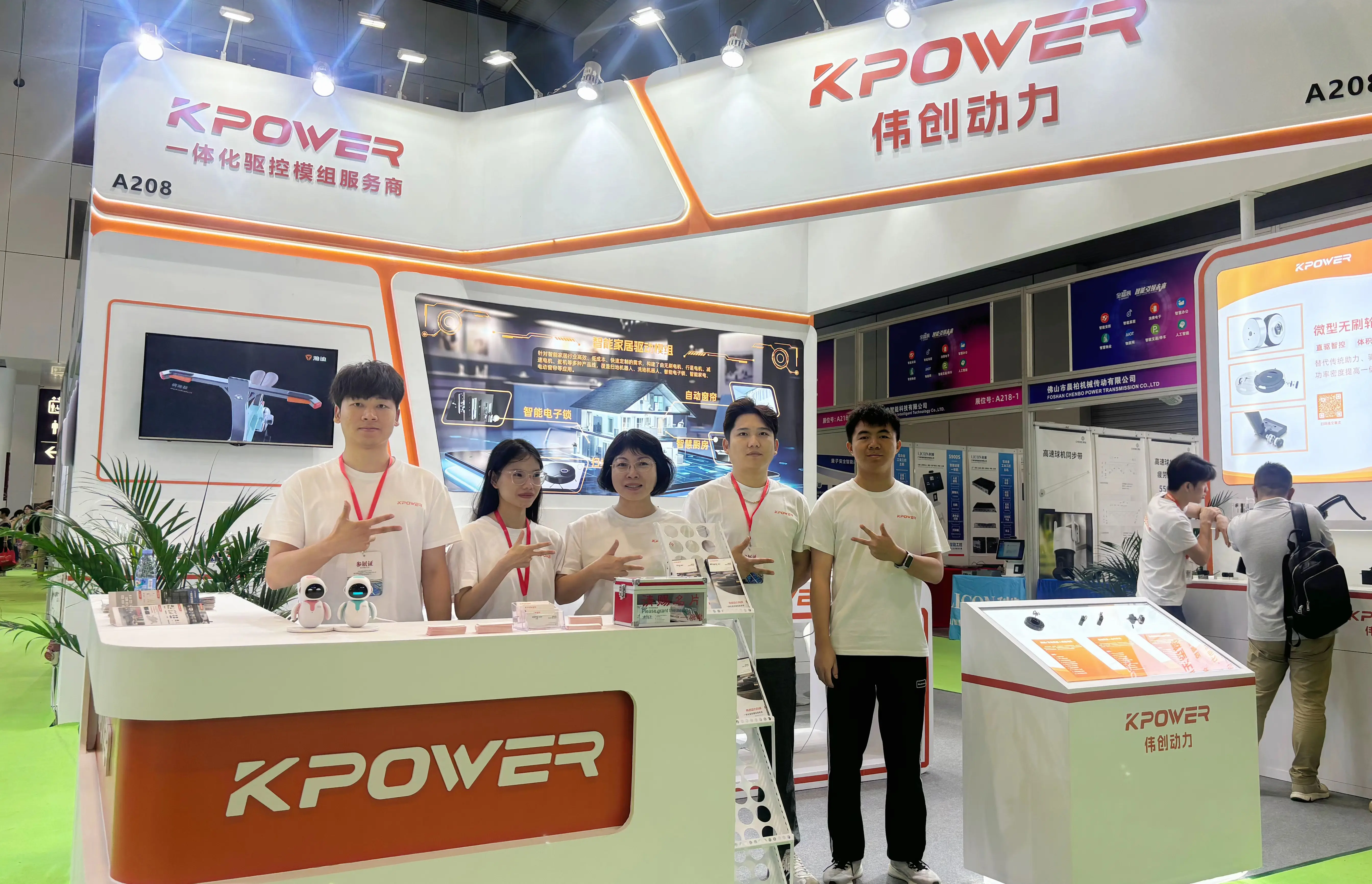Ever wonder if your servo motor is running on AC or DC power? It’s a question that pops up pretty often when someone is diving into automation or robotics projects. Honestly, the answer isn’t as straightforward as it might seem, because it depends on the specific model and intended application.

Most servo motors are designed to run on DC power. Why? Well, because DC offers a smooth, controllable flow of electricity—perfect for precise positioning and speed control. Imagine tuning a stereo; DC power lets you dial things in just right, making sure your servo responds exactly as expected. It’s the backbone of many robotic arms and CNC machines, where accuracy isn’t just nice to have but completely necessary.
But don’t overlook AC servo motors—they’re out there, too, often found in industrial applications with high power requirements. The key difference? AC servo motors typically need an inverter or a specialized driver to convert AC into a form they can use. They’re generally more robust for heavy-duty work and can handle higher voltages, but that complexity adds a layer of cost and installation considerations.
One thing that crops up is the drive mechanism. For example, if you’re working with digital servos, chances are they’re built around DC motors. These tiny workhorses handle the nuances of voltage and current, giving you that rapid, responsive control. On the flip side, some AC servo systems, like those used in large automation setups, incorporate sophisticated frequency drives to modulate the power flow.
A quick thought experiment: If you’re building a small robot that needs quick adjustments and fine-tuned movements, a DC servo is likely the better pick. Not just because of ease of use, but because it aligns perfectly with low-voltage, high-precision needs. Meanwhile, if you’re equipping a conveyor system or a heavy-duty machine, an AC system’s resilience might be what you want.
It’s interesting to peek into the wiring. DC servo motors usually have simple connections—just positive and negative leads. AC servo setups, on the other hand, tend to involve more complex wiring with additional components like inverters and controllers, which can be intimidating but offer more power stability in challenging environments.
In the world of KPOWER, the focus is on providing versatile, reliable servo solutions. Whether you need a DC motor for detail-oriented tasks or an AC model for heavy lifting, the choice hinges on your project’s requirements, budget, and the environment. It pays to know your specs inside out—voltage levels, load demands, frequency considerations—so you can pick the right partner for the journey.
All in all, understanding whether your servo motor is AC or DC isn’t just technical nitpicking. It’s about making good choices that keep your project running smoothly and efficiently. Think about what you’re controlling—speed, position, force—and match that with the type of power your servo needs. Because at the end of the day, the right power means peace of mind and a machine that does exactly what you want it to do.
Established in 2005, Kpower has been dedicated to a professional compact motion unit manufacturer, headquartered in Dongguan, Guangdong Province, China. Leveraging innovations in modular drive technology, Kpower integrates high-performance motors, precision reducers, and multi-protocol control systems to provide efficient and customized smart drive system solutions. Kpower has delivered professional drive system solutions to over 500 enterprise clients globally with products covering various fields such as Smart Home Systems, Automatic Electronics, Robotics, Precision Agriculture, Drones, and Industrial Automation.




































